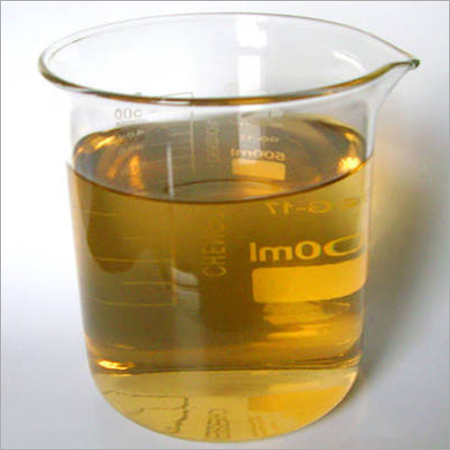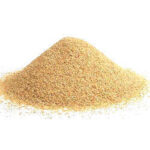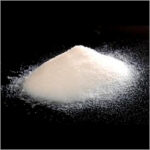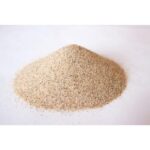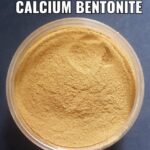Super Plasticizers (Admixture)(Grade SMF)
When it comes to the construction industry, one of the most important components is the use of concrete. In order to ensure the quality and durability of concrete, it’s essential to use appropriate additives. Sulphonated melamine formaldehyde (SMF) superplasticizers are one such additive that has gained popularity in recent years. In this blog post, we’ll explore a specific type of SMF superplasticizer known as sulphonated malamine fluoride (SMF).
SMF is a water-soluble polymer that is used as a concrete admixture to enhance the workability and flowability of concrete. SMF is a type of sulphonated melamine formaldehyde (SMF) superplasticizer that is made from melamine, formaldehyde, and sodium bisulfite. It is a high-range water-reducing agent that has a strong dispersing effect on cement particles. SMF is widely used in the construction industry to produce high-strength and high-performance concrete.
- Benefits of Sulphonated Malamine Flouride Superplasticizer
- Improved Workability: SMF superplasticizer helps in improving the workability of concrete. It reduces the water content required for mixing concrete, which results in better flowability and pumpability.
- Increased Strength: SMF superplasticizer has a strong dispersing effect on cement particles, which results in a more uniform distribution of particles in the concrete mix. This leads to an increase in the strength of the final product.
- Reduced Water-to-Cement Ratio: The use of SMF superplasticizer reduces the water-to-cement ratio, which helps in achieving a denser and more durable concrete structure.
- Enhanced Durability: The use of SMF superplasticizer in concrete enhances its durability by reducing the porosity of the concrete. This makes it less susceptible to damage from external factors like weathering and chemical attacks.
- Better Sustainability: SMF superplasticizer helps in reducing the carbon footprint of concrete production. By reducing the amount of water and cement required for the mix, it helps in reducing the energy required to produce and transport concrete.
Superplasticizers ( Grade SMF (Sulfonated Melamine Formaldehyde), also known as high-range water reducers, are a type of chemical admixture used in construction to enhance the workability and flowability of concrete. Grade SMF (Sulfonated Melamine Formaldehyde) is a specific type of superplasticizer.
Here are some applications and uses of superplasticizers in construction:
Improved workability: Superplasticizers significantly improve the workability of concrete by reducing the water content required while maintaining the desired consistency. This allows for easier placement, pumping, and compaction of concrete.
Increased slump retention: Slump refers to the consistency or flowability of fresh concrete. Superplasticizers help maintain the slump of concrete over an extended period, allowing for longer transportation and placement times without compromising its fluidity.
Higher strength and durability: By reducing the water-to-cement ratio, superplasticizers increase the strength and durability of concrete. The lower water content results in higher cement hydration and improved overall performance of the hardened concrete.
Enhanced pumping and placing: Superplasticizers facilitate the pumping of concrete over long distances and through narrow or congested areas without segregation or blockages. This makes them valuable in high-rise construction, large-scale infrastructure projects, and projects with complex formwork.
Reduced shrinkage and cracking: Superplasticizers help mitigate shrinkage and cracking issues in concrete. By reducing the water content and improving the overall quality of the concrete mix, they minimize the risk of drying shrinkage and subsequent cracks, ensuring better long-term performance.
Increased cohesion and workability of self-compacting concrete (SCC): Superplasticizers are crucial in the production of self-compacting concrete. They enable the concrete mix to flow and self-level, while maintaining high cohesion and stability without the need for vibration or compaction.
Improved surface finish: Superplasticizers contribute to achieving a smoother, more aesthetically pleasing surface finish for concrete structures. They enhance the flow and compaction of concrete, reducing surface imperfections such as honeycombing and segregation.
Reduced environmental impact: Superplasticizers allow for the production of concrete with lower water content, resulting in reduced energy consumption during curing and decreased carbon dioxide emissions associated with cement production.
Sulphated melamine fluoride superplasticizer is an important additive for producing high-performance concrete in the construction industry. Its use results in concrete that has improved workability, increased strength, and enhanced durability. The reduced water-to-cement ratio also contributes to the sustainability of the final product. SMF superplasticizer is a valuable tool for builders, engineers, and architects who are looking to create structures that are strong, durable, and sustainable.


